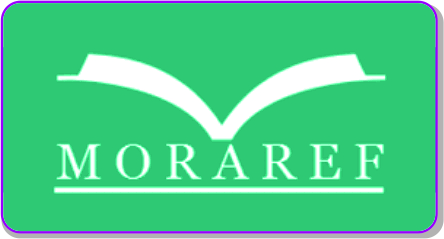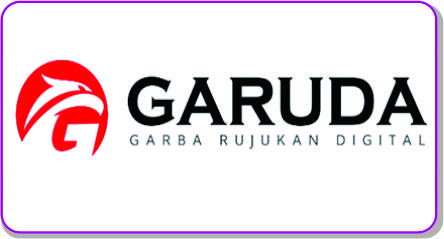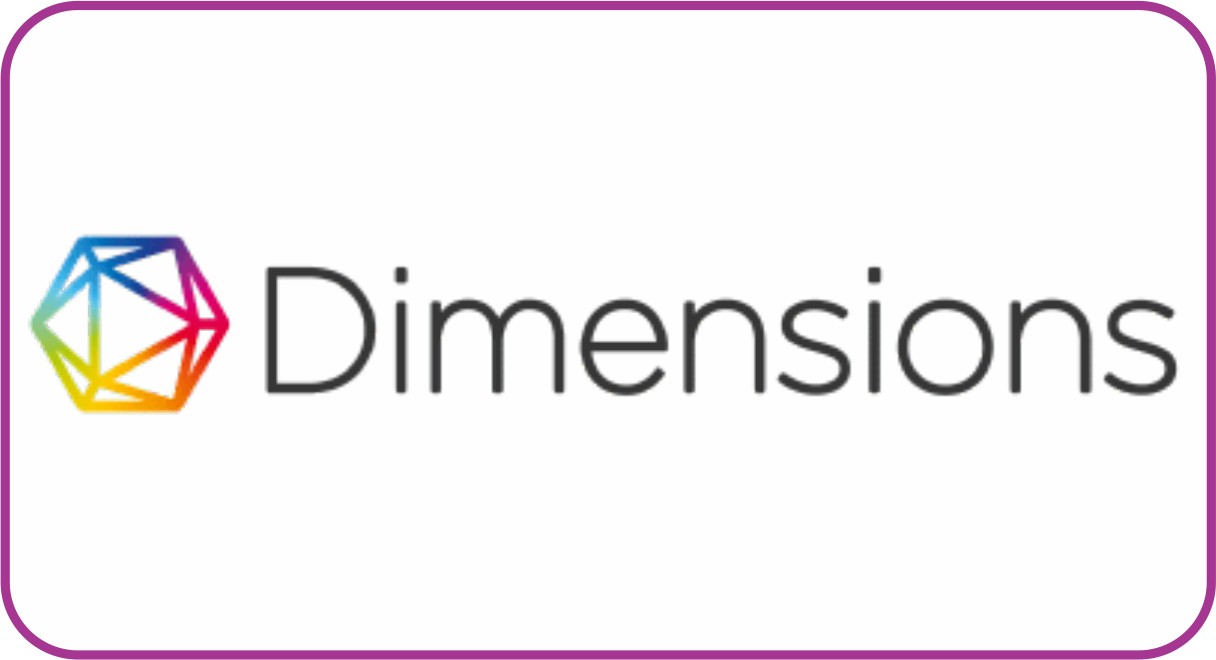Fuzzy Inference System for Suitability of Corn Crop Land in Bogor Regency
DOI:
https://doi.org/10.30983/knowbase.v3i1.6674Keywords:
Fuzzy Inference System, Corn, Land SuitabillityAbstract
Corn is one of the crucial food crop commodities in Indonesia. The Ministry of Agriculture has stated that the national corn production has shown a rapid increase in the last three years, with an average growth reaching 24,037,581 tons. This upward trend in corn production over the past three years indicates the government's commitment to making corn a primary food crop commodity that requires attention. One of the efforts to sustain corn production is by enhancing productivity, including evaluating land suitability based on corn planting characteristics. This research aims to develop a fuzzy inference system for corn land suitability. The fuzzy inference system comprises nine parameters to determine land suitability, consisting of seven numeric parameters: temperature, rainfall, slope, base saturation, cation exchange capacity (CEC), soil acidity, soil depth, and two categorical parameters: drainage and soil texture. In this research, land suitability evaluation was employed to classify land suitability into categories: Highly Suitable (S1), Moderately Suitable (S2), Marginally Suitable (S3), and Not Suitable (N). The research successfully developed a fuzzy inference system for corn land suitability assessment. Experimental results utilizing several corn growth condition data obtained from expert knowledge revealed that in Bogor Regency, the land classified as Highly Suitable (S1) covers an area of 151089.90 Ha, Moderately Suitable (S2) covers 59701.35 Ha, Marginally Suitable (S3) covers 53737.34 Ha, and Not Suitable (N) covers 23118.16 Ha.
References
BBSDLP Balai Besar Penelitian dan Pengembangan Sumberdaya Lahan Pertanian (BBSDLP). 2017. Peta Tanah Semidetail Kabupaten Bogor Besar Skala1: 50.000. Bogor (ID): BBSDLP.
BPS Badan Pusat Statistik Indonesia 2018. Indonesia dalam angka pertanian tanaman pangan (ID): BPS Indonesia.
FAO (Food and Agriculture Organization) 1976. A Framework for Land Evaluation. Soil Resources Management and Conservation Service Land and Water Development Division. FAO Soil Bulletin No. 32. FAO-UNO, Rome.
Hartati S Sitanggang IS. 2010. A fuzzy based decision support system for evaluating land suitability and selecting crops. Journal of Computer Science. 6(4):417424.doi:10.3844/jcssp.2010.417.
Hardjowigeno, S. Widiatmaka. 2007. Evaluasi Kesesuaian Lahan dan Perencanaan Tataguna Lahan. Gadjah Mada University Press. Yogyakarta.
Insani F. 2015. Pemodelan Sistem Pakar Berbasis Komputasi lunak Untuk evaluasi kesesuaian lahan komoditas serelia: Studi kasus Kabupaten Bogor. Tesis. Bogor (ID): Instittut Pertanian Bogor.
Kasryno dkk. 2008. Ekonomi Jagung Indonesia. Jakarta: Badan Penelitan dan Pengembangan Pertanian. Deptan. p.37-72.
Marimin. 2013. Teori dan Aplikasi Sistem Pakar dalam Teknologi managerial Bogor(ID); IPB Press Bogor.
Mcneil, John, (1985). Curriculum, A Comprehensive Introduction, Boston: Little, Brown and Company.
Malczewski J. (2004). GIS-based land-use suitability analysis: a critical overview. Progress in Planning.
Ruslan, Wirosoedarmo, dkk. 2011. Evaluasi Kesesuaian Lahan Untuk Tanaman Jagung Menggunakan Metode Analisis Spasial. Agritech Vol. 31. Malang: Fakultas Teknologi Pertanian Universitas Brawijaya.
Siler W, Buckley Siler W JJ. 2005. Fuzzy Expert System and Fuzzy Reasoning. Birmingham: Wiley-Interscience.
Simone Bova,P.C (2010) .A logical Analysis of Mamdani type fuzzy inference I Theoritical Bases.
Sys, i.c., Van Ranst, b., & debaveye, J. 1991. Land evaluation. Part I. Principles in land evaluation and crop production calculations. International training center for post graduate soil scientists, University Ghent.
S. Drobne, dan A.Lisec, “Multi-attribute Decision Analysis in GIS: Weighted Linear Combination.
Downloads
Submitted
Accepted
Published
Issue
Section
License
Authors who publish with this journal agree to the following terms:
- Authors retain copyright and grant the journal right of first publication with the work simultaneously licensed under a Creative Commons Attribution License that allows others to share the work with an acknowledgment of the work's authorship and initial publication in this journal.
- Authors are able to enter into separate, additional contractual arrangements for the non-exclusive distribution of the journal's published version of the work (e.g., post it to an institutional repository or publish it in a book), with an acknowledgment of its initial publication in this journal.
- Authors are permitted and encouraged to post their work online (e.g., in institutional repositories or on their website) prior to and during the submission process, as it can lead to productive exchanges, as well as earlier and greater citation of published work (See The Effect of Open Access).














